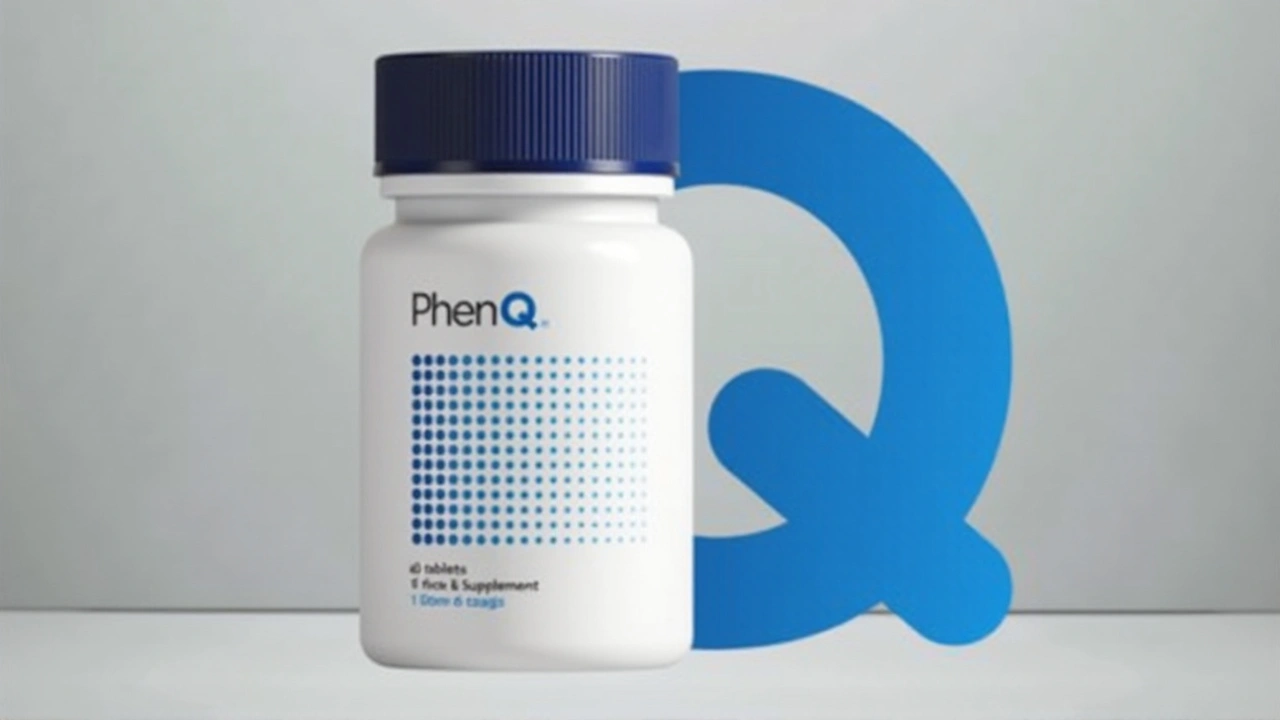OTC Options: How to Choose and Use Over-the-Counter Medicines
Most people grab an OTC medicine without thinking — but the right choice can speed recovery, while the wrong one can make things worse. This guide helps you pick effective, safe OTC options and avoid common mistakes. No fluff — just clear steps you can use now.
How to pick the right OTC
First, identify the symptom, not the brand. Pain, fever, heartburn, cough, constipation, allergies and minor skin issues all have specific OTC classes. For pain and fever, compare acetaminophen and NSAIDs. For heartburn, choose antacids for fast relief or H2 blockers/PPIs for longer control. For coughs, match the product to whether your cough is dry (suppressant) or wet (expectorant).
Read the active ingredient, not the marketing on the box. Different brands can have the same active drug. Check dosage per tablet, max daily dose, and age limits. If you take a prescription drug, check interactions. For example, some antihistamines can make you drowsy and clash with other sedatives.
Consider delivery format. Liquids help kids and people who struggle with pills. Chewables work for quick relief. Topicals give targeted effects for rashes, minor pain, or fungal issues without systemic exposure.
Safety tips and red flags
Always follow label directions. Overuse causes common harms: stomach bleeding with excess NSAIDs, liver damage from too much acetaminophen, and electrolyte problems with frequent use of stimulant laxatives like bisacodyl. If a label warns about interactions with alcohol or specific medicines, take it seriously.
Watch for symptoms that mean you should stop the OTC and see a clinician: high fever that won’t drop, breathing trouble, severe chest pain, sudden confusion, rash with swelling, or bleeding. OTCs can mask signs of a serious condition — if relief is short-lived or symptoms return, get checked.
Be careful buying online. Use reputable pharmacies and check for contact info and positive reviews. Fake sites may sell counterfeit or expired products. When in doubt, use a local store or a well-known online retailer.
Store meds properly: cool, dry, and out of reach of children. Check expiration dates — an expired product may be weaker or unsafe. Keep an up-to-date list of your medicines (prescription and OTC) to share with your pharmacist or doctor.
If you prefer natural options, treat them like drugs: herbs can help but they also carry risks and can interact with prescriptions. For breathing issues, some people try herbal bronchodilators, but don’t replace prescribed inhalers without talking to your clinician.
Bottom line: OTC medicines are useful tools when chosen carefully. Match the drug to the symptom, read labels, mind interactions and limits, and see a clinician if things don’t improve. Small steps—smart choices—better results.
